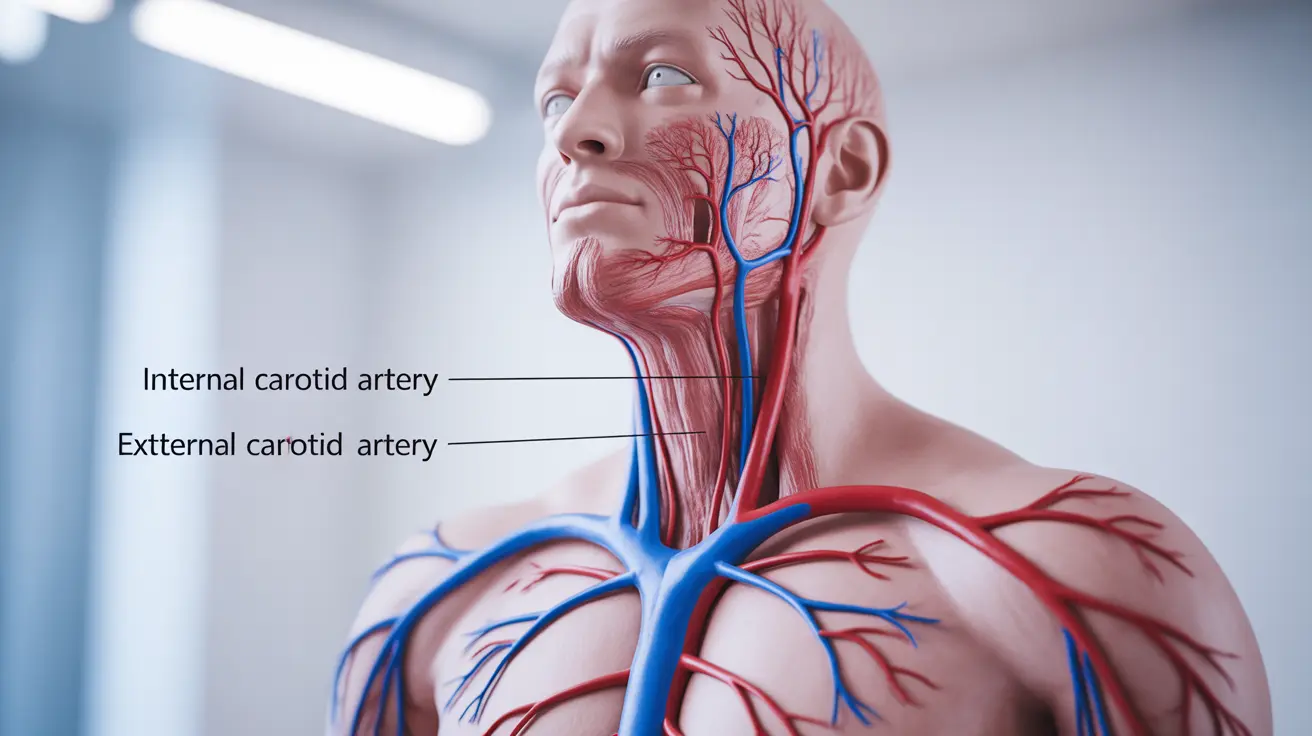Syncope, commonly known as fainting, is a temporary loss of consciousness caused by reduced blood flow to the brain. This concerning yet usually manageable condition affects millions of people worldwide and can occur due to various underlying causes. Understanding syncope is crucial for both prevention and proper medical management.
While a fainting episode can be frightening, knowing its triggers, warning signs, and treatment options can help you better manage this condition and prevent future occurrences. Let's explore the comprehensive aspects of syncope, from its various types to effective management strategies.
Types and Common Causes of Syncope
Syncope can be categorized into several main types, each with distinct underlying causes:
Vasovagal Syncope
The most common type of syncope, vasovagal syncope occurs when your body overreacts to certain triggers, causing a sudden drop in heart rate and blood pressure. Common triggers include:
- Standing for long periods
- Emotional stress
- Fear or panic
- The sight of blood
- Heat exposure
- Dehydration
Cardiac Syncope
This potentially serious form of syncope results from heart-related problems that affect blood flow, including:
- Arrhythmias (irregular heartbeats)
- Structural heart disease
- Heart valve problems
- Previous heart attacks
Orthostatic Syncope
This type occurs when blood pressure drops significantly upon standing up, particularly common in older adults and those taking certain medications.
Warning Signs and Symptoms
Recognizing pre-syncope symptoms can help you take preventive action before fainting occurs. Common warning signs include:
- Lightheadedness or dizziness
- Tunnel vision or blurred vision
- Nausea
- Cold, clammy skin
- Pallor (pale skin)
- Weakness
- Racing or irregular heartbeat
Diagnostic Approach
Healthcare providers use various methods to diagnose syncope and its underlying causes:
Physical Examination
Your doctor will conduct a thorough physical examination, including blood pressure measurements while lying down and standing up, and heart rhythm assessment.
Medical Tests
Depending on your symptoms and medical history, your doctor may recommend:
- Electrocardiogram (ECG)
- Holter monitoring
- Tilt table test
- Blood tests
- Echocardiogram
Treatment and Management Strategies
Treatment for syncope focuses on addressing the underlying cause and preventing future episodes. Common approaches include:
Lifestyle Modifications
- Staying well-hydrated
- Avoiding trigger situations
- Rising slowly from lying or sitting positions
- Maintaining adequate salt intake (if recommended by your doctor)
- Regular exercise as approved by your healthcare provider
Medical Interventions
Depending on the cause, medical treatments may include:
- Medications to regulate heart rhythm
- Blood pressure medications
- Pacemaker implantation (in specific cases)
- Treatment of underlying medical conditions
Frequently Asked Questions
What are the common causes and types of syncope (fainting)?
Syncope commonly occurs due to vasovagal reactions, cardiac problems, or orthostatic hypotension. The most frequent type is vasovagal syncope, triggered by emotional stress, standing too long, or heat exposure. Cardiac syncope results from heart rhythm or structural problems, while orthostatic syncope occurs due to blood pressure drops when standing up.
What symptoms or warning signs might indicate an upcoming syncope episode?
Warning signs include lightheadedness, dizziness, tunnel vision, nausea, cold sweats, pale skin, and weakness. These pre-syncope symptoms typically occur seconds to minutes before fainting.
How is syncope diagnosed and what tests are typically done?
Diagnosis involves a comprehensive physical examination, detailed medical history, and various tests including ECG, Holter monitoring, tilt table tests, and blood work. The specific tests ordered depend on the suspected cause of syncope.
What treatment options are available for preventing or managing fainting episodes?
Treatment options range from lifestyle modifications (proper hydration, trigger avoidance) to medical interventions like medications or pacemakers, depending on the underlying cause. The treatment plan is tailored to each individual's specific condition.
How can I reduce my risk of syncope and prevent future fainting spells?
Risk reduction strategies include staying well-hydrated, avoiding triggers, changing positions slowly, maintaining proper blood pressure, and following your doctor's specific recommendations. Regular exercise and proper nutrition can also help prevent episodes.




